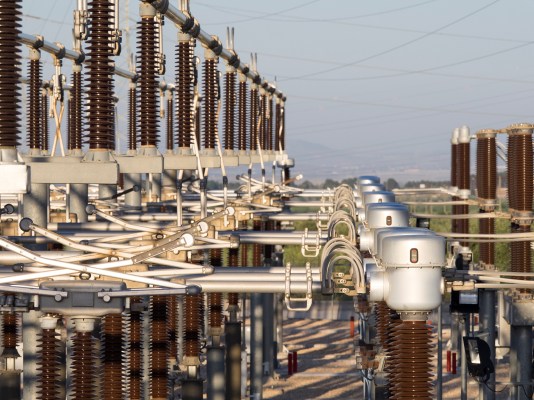Donald Trump was elected on a pledge to bring more jobs to more Americans. He pitched his deal-making skills as the key to job growth.
But anyone who has been paying close attention to the economy for the last 20 years knows that those jobs are not going to come from traditional manufacturing. Since 2000, America has lost 5 million manufacturing jobs, and there’s little to nothing Trump can do to bring those jobs back. No amount of tariffs or tough talk on trade is going to make American manufacturing cheaper than foreign manufacturing; like it or not, we are living in a global economy.
Although the majority of the tech industry (aside from Peter Thiel) completely rejected Trump’s candidacy, Trump’s presidency could present it with a golden opportunity. As the future of employment skews largely digital, the tech industry must now step up and show how technology can generate a more expansive economy, creating more, better jobs in the coming years.
Technology innovations have always spurred our economy in the past. From a recent article in the San Francisco Chronicle:
“In the 1950s, average annual GDP growth topped 7 percent, thanks to a booming population and robust automobile sales. From 1996 to 2000, GDP grew at about a 4 percent clip, fueled by personal computers and the Internet; in the 2000s, the best performance came in 2004, when broadband connections started taking hold.”
Recent tech innovations have focused on the consumer experience or making small improvements to existing technologies. The personal enterprise economy is booming thanks to companies like Uber, Airbnb and Thumbtack supporting a vital new period of entrepreneurship. This is critical growth, but we can do even more.
Technology is far more than just cool apps and gadgets. President-elect Trump has proposed spending $550 billion to improve our nation’s infrastructure. Here is a chance for the author of The Art of The Deal to put his skills to work for an FDR-inspired new deal. The tech industry should be front and center in all of these discussions.
We don’t need to just rebuild our crumbling roads and bridges; we need to make them smarter. Sensors and video analytics could help move traffic more efficiently and tell when roads need to be repaired, and solar panels could be embedded in the “pavement” itself. The sensors could also pave the way for driverless cars, which would cut down on traffic accidents and take more emissions-spewing vehicles off the road.
This challenge creates the opportunity for tech and government to work hand in hand to deliver on the bold promises and potential of technology.
Building new apps to analyze water-use data could go a long way toward helping deal with droughts in the southern part of the U.S. and help engineers build smarter water transportation systems.
Our electrical grid needs a major overhaul, and technology could help make electricity move more efficiently. Although the President-elect hasn’t promoted renewable energy, it’s a growing market, and technology can come up with better ways to move energy to big cities (that need more energy) from places where it may be very sunny (for solar) or windy (for wind power).
We also must improve our telecommunications networks, an often-forgotten but critical part of our national infrastructure. It’s the foundation upon which innovation occurs. Whether we’re talking about building gigabit fiber networks across broad swaths of the country or unleashing vast amounts of spectrum to fuel ongoing mobile growth, we must modernize our communications infrastructure to keep pace with constantly accelerating demand.
By incorporating tech into these plans, the new president could create thousands of new jobs for groups that expand beyond coders and software engineers in cities and towns outside of Silicon Valley and Austin. We can employ construction workers, civil engineers, architects and countless others to help rebuild America.
But in order to do this we need to realign our values with those of all Americans, no matter where they live. That means that politicians have to listen to leaders from the technology world and include them at as many tables as possible. And the tech industry needs to work with elected officials and regulators to assuage their fears about job-killing technologies. Government needs to avoid the urge to over-regulate the tech industry and destroy job-creating companies. But the tech industry also needs to make sure it’s working with government to create common-sense regulations that can help protect consumers and workers.
This challenge creates the opportunity for tech and government to work hand in hand to deliver on the bold promises and potential of technology. This is a new deal we must get done together.
